Over 3 million pictures framed
Peter Baker – Distinguished Wildlife Photographer
Peter Baker, professional wildlife photographer and winner of the Outstanding Contribution to Animal Welfare Award at the Ceva UK Animal Welfare Awards, talks to us about taking the perfect wildlife photos.
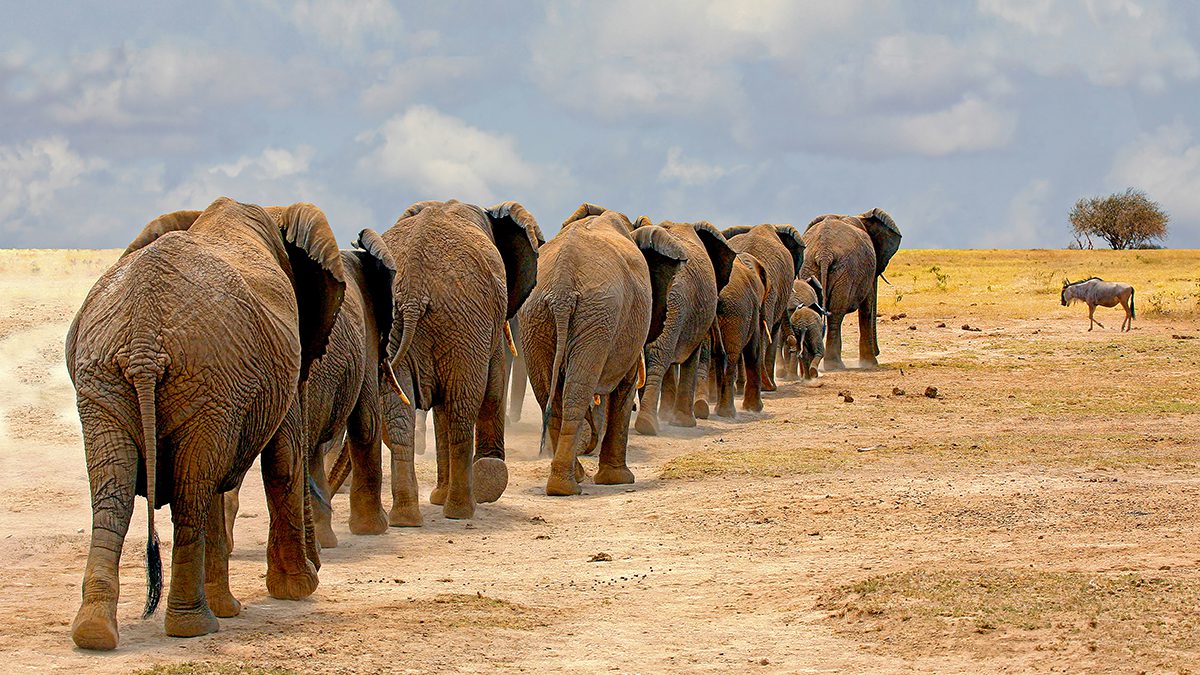
I don’t know how other photographers began their photographic interest in Wildlife; mine started with an interest in nature well before photography; mainly due to being brought up in West Africa and both my parents being animal lovers. By the time I was 18 it was joked that I had more animals than the local zoo, a slight exaggeration but even my mosquito net above my bed housed all sorts of interesting beasts; enough to keep my mother out of my room!! It wasn’t until I was 45 years old that I first picked up a camera in earnest; originally to photograph the Normandy Landing Beaches on a holiday to France.
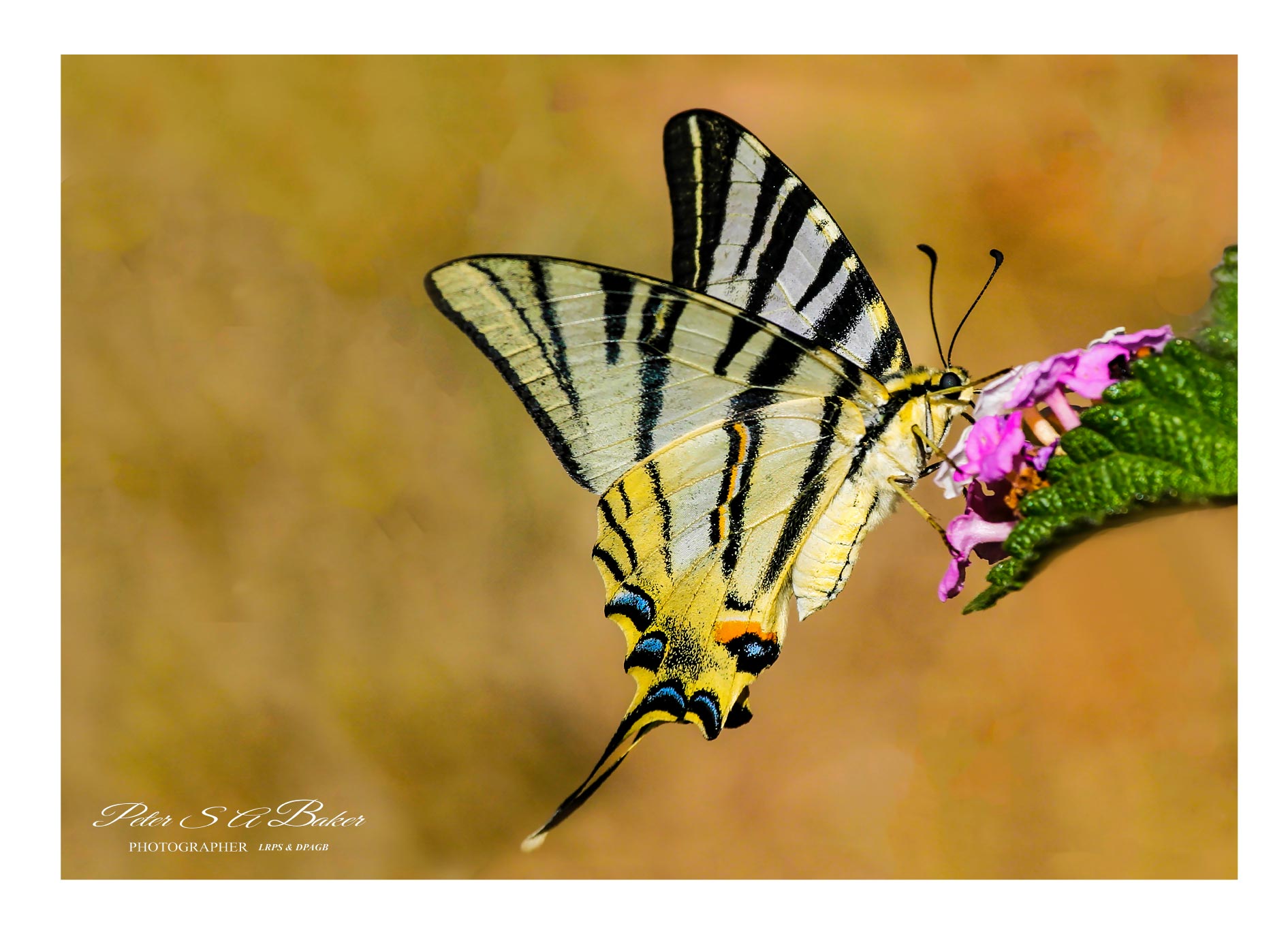
I think my first ‘wildlife’ photographs were of butterflies in the garden. Not long after I was persuaded to join a local Camera Club, best thing I ever did though I felt a bit of a pariah being the only one at that time with a digital camera!, (within two years everyone there had one!). I joined Selby Camera Club to learn technique and in doing so met many like minded people of differing abilities as in many U.K. Clubs affiliated to the Photographic Alliance of Great Britain. Within these clubs you can submit your work, be judged by credited judges and go on to attaining “recognised” degrees of achievement.
Before long I bought my first DSLR, a Canon, and was photographing visitors to the garden, learning about lighting and depth of field etc. Lighting is very important for many reasons, atmosphere, vibrancy, contrast etc. lighting in wildlife photography is mostly dependant on ambient weather conditions and keeping an eye on forecasts can determine your approach to the subject in question. Switching from using Auto to ‘Manual Mode’; essential to serious photography.
Manual mode allows you to fully control your camera, for instance in Auto you can not control the shutter speed, an absolute must in this sphere of photography, it also allows you to be far more creative and individual in your image capture. I would suggest always presenting any photographs in the best possible way, it can make all the difference and finding a company sympathetic to your mounting and framing ideas and needs is all important.
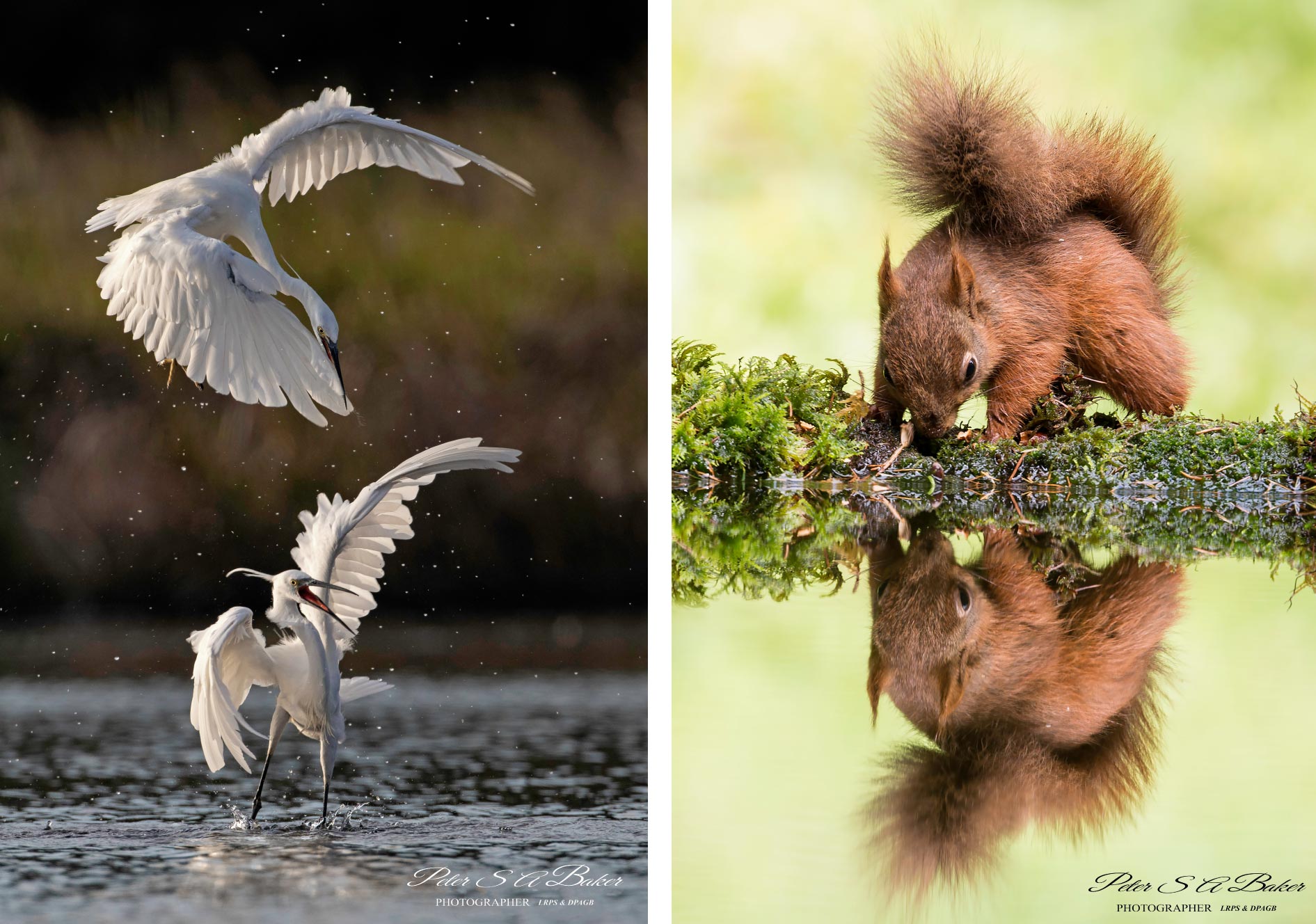
Like most Camera Clubs we had visiting lecturers, one in particular showed a series of stunning wildlife photographs from a visit to Canada I think, after which the members were all saying how wonderful they were but what a shame that we didn’t have such interesting wildlife in this country! I couldn’t agree and for the next few months set out to prove them wrong by taking lots of photographs in the fields and woods close to the house. I finally put them all together, set them to music to show to the members proving that we do have a plethora of interesting wildlife here on our doorstep.
It was so successful I soon found myself unexpectedly invited to dozens of Camera Clubs and other organisations to present my ‘AV’s’ (Audio Visuals)! Now 90% of my photography is wildlife, not as a business, though I do sell my photographs from time to time, but for my own pleasure. I love the challenge, no photograph is ever the same, the locations can be stunning, I have been lucky enough to visit Kenya, South Africa, Canada, Turkey, Norway and France. No matter where you go, there is often an opportunity to capture something, whether it be big or small.
In all things of nature there is something of the marvellous
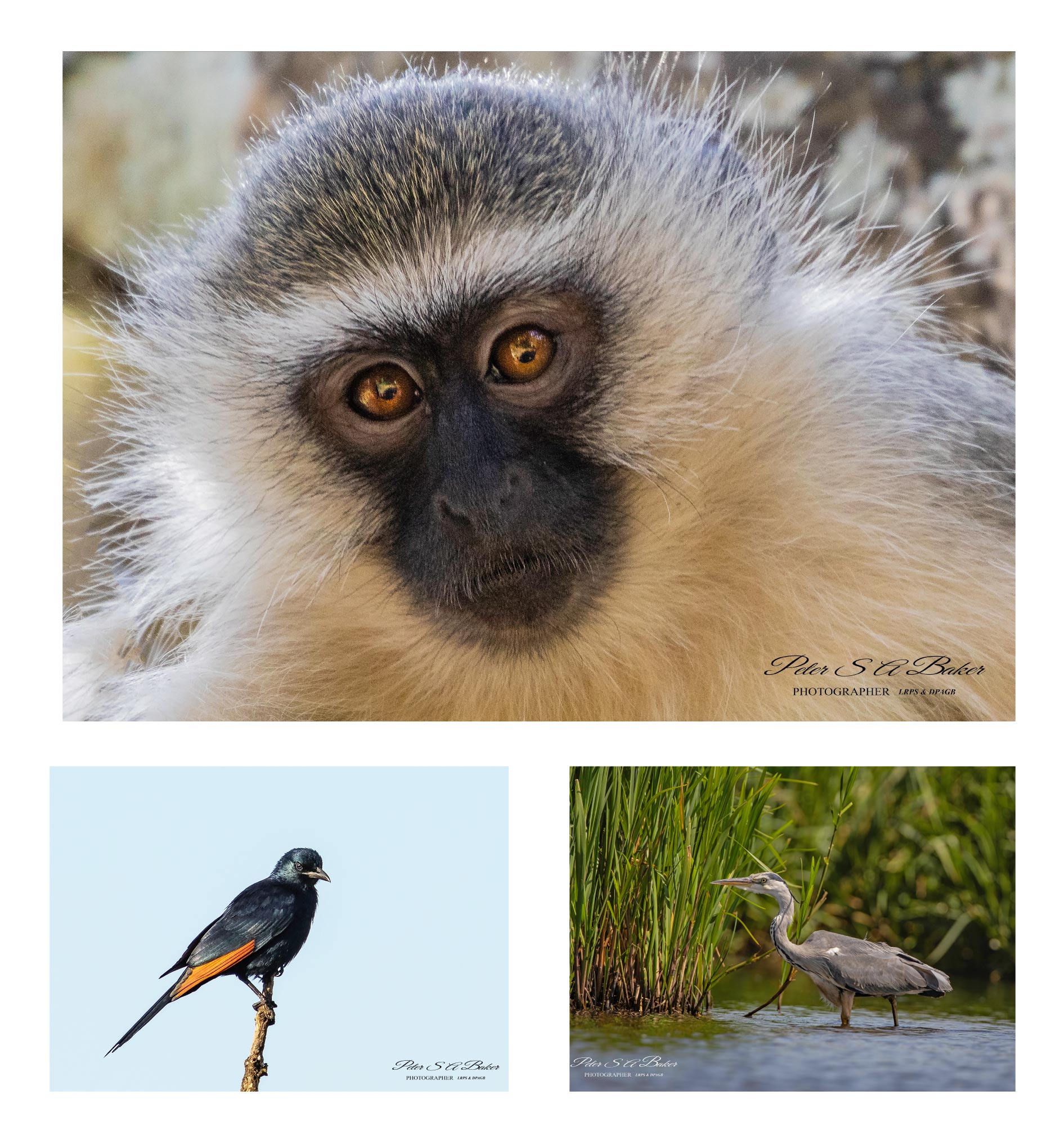
My advice to would-be wildlife photographers:
- Buy a good camera, remembering that the lenses you use are the most important pieces of your kit, something I didn’t realise at first! The first DSLR I started with was a second-hand Canon camera, it came with a basic 50mm lens and I bought, again second hand, an older second-hand For more information visit Tamron telephoto lens. As I became more competent at using the kit and because I was getting keener to capture more challenging subjects I began trading in old for better and newer kit. You don’t need to spend a fortune but choosing well helps! I didn’t start out with Canon but after researching and taking price into consideration very quickly settled on Canon. Having done so I decided to only buy Canon, yes there were more affordable alternatives but I felt it worth waiting to buy Canon’s own, when I could afford it, as obviously they would compliment each other better, in my mind any way! I currently have two Canon DSLR’s, my lenses are all ‘L’ series, 100mm Macro, 16-35mm IS, 24-70mm IS, 100-400mm IS, 500mm f4 IS, 1.4X Extender. Three Canon flashguns as well as remote triggers and other bits and pieces. I do have a trail camera, not Canon, which I find useful when finding out what may or may not be in an area!
- Learn how to use your camera properly. ‘Auto’ is useful to get you started but my advice would be to move on to ‘Manual’ and have total control. A stable tripod is another essential.
- Binoculars are very useful. Most wildlife have senses far greater than ours and finding where they are before they notice you is obviously an advantage!
- Wear appropriate ‘quiet’ clothing; clothes that don’t rustle or stand out in your environment, learn to blend in.
- Practice practice practice! Your garden or local park are good places to start. Local zoos provide a variety of subjects and varied conditions in a reasonably accessible area. From very early on I spent many hours in them!
- If you are not going to take a serious Photography Course, or even if you are, join a Camera Club. Learn from other, more experienced photographers, it isn’t a bad way to start.
- Although I try to capture what I see some post-processing could be necessary, I do very little though, mostly positional and the odd tweaks. I bring the Raw images into Lightroom and finish in Photoshop.
Study your subject, know what to expect and learn field-craft. Often finding a spot where you know your subject visits and sitting quietly brings dividends; mobile hides can be useful too. Above all ‘Stealth, Patience and Persistence…and even more Patience!
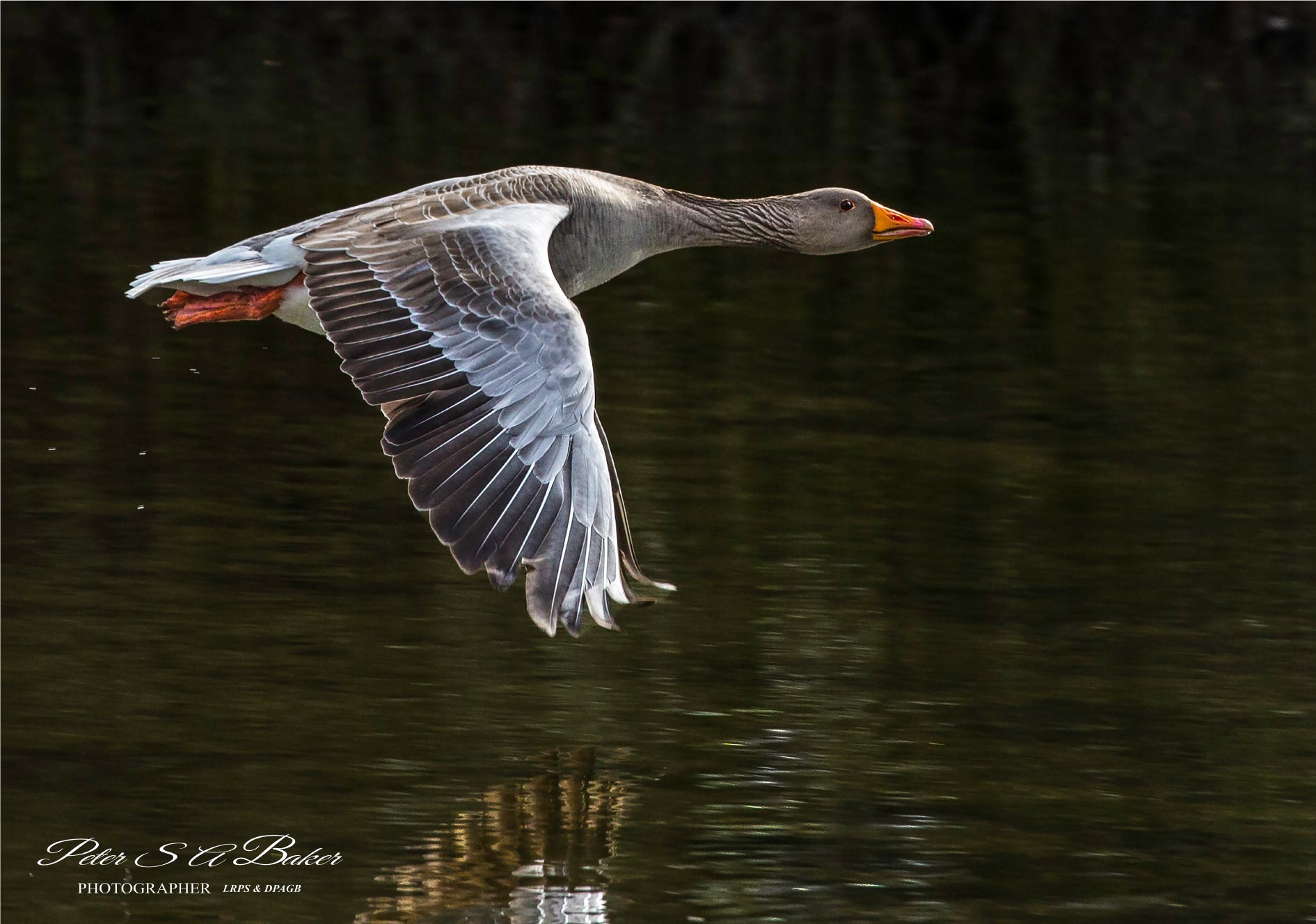
For more information visit Peters’ Twitter
